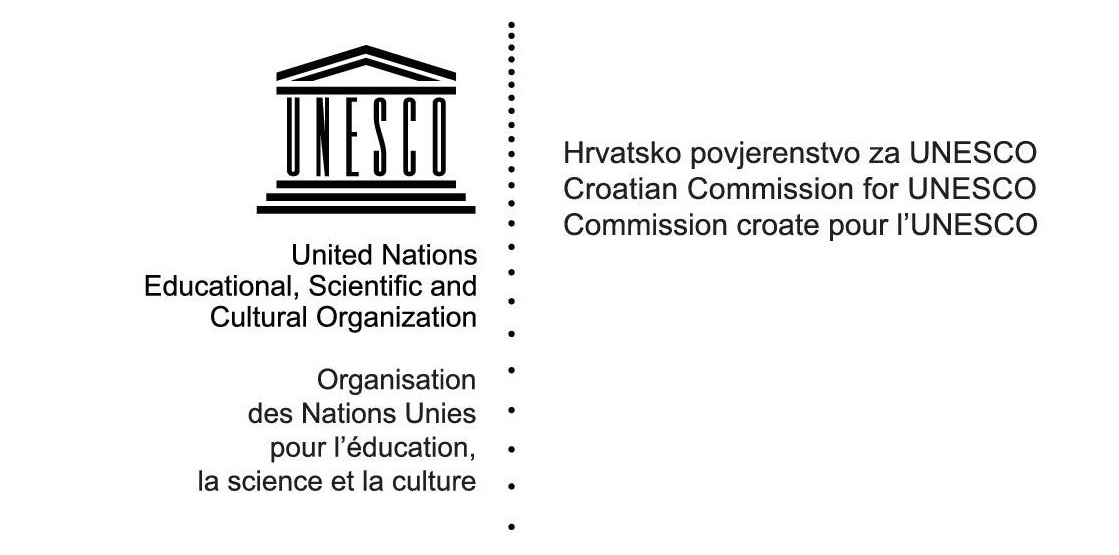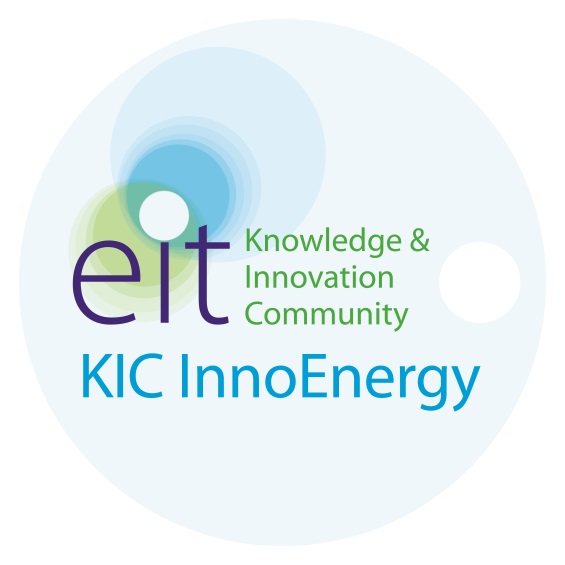
10th Conference on Sustainable Development of Energy, Water and Environment Systems

Panel organizers and moderators:
Prof. Neven Duić
Prof. Goran Krajačić
The panel will discuss how to reduce gap between most and least developed regions of the world, EU or single country through sustainable regional development. European Union is investing in regions EUR 351,8 billion, only through its cohesion policy in the period 2014-2020. There are also other EU programmes and mechanisms like Horizon 2020 or Smart specialisation strategies which tend to put innovation under new spotlight. EU regional policy is an investment policy. It supports job creation, competitiveness, economic growth, improved quality of life and sustainable development. But is it effective, what is outreach and can other regions in the world be an example to EU or they need to follow it?
Speakers at the panel are well known Croatian Members of EU parliament, European scientists, members of different committees and ministries.
Dr. Piotr Swiatek - Jülich, Germany
Ms. Dubravka Šuica – MEP, Croatia tbc
Prof.dr.sc. Davor Škrlec – MEP, Croatia
Nikola Dobroslavić - Prefect of Dubrovnik-Neretva County – Member of Committee of the Regions, Croatia
Ms. Carmen Dienst, Wuppertal Institute for Climate, Environment and Energy, Germany
Prof. dr. sc. Brian Vad Mathiesen – AAU, Denmark
- Renewable Energy contribution to job creation, growth and long-term prosperity on regional level
Piotr Swiatek* - Regional applied sciences with a local anchorage can spark a positive economic spiral
Brian Vad Mathiesen* - What are challenges for the scientific community and politics on a global scale to unfold the research potential?
Carmen Dienst*
Panel organizers and moderators:
Prof. Ingo Stadler
Prof. Brian Vad Mathiesen
For energy systems with high degrees on fluctuating renewable power generation energy storage is a must. Here, interconnecting different energy sectors is of clear advantage and has been demonstrated in many projects and countries. Shifting storage tasks from the electricity sector into other sectors makes the overall system much more cost effective. This is clear for e.g. power-to-heat applications.
But out of electricity also fuels can be generated. Here, it is – at least nowadays – the opposite. Complex technology involved makes energy storage extremely costly. Starting with electrical power in most processes water electrolysis is the starting point. Mechanization (biological or chemical) could be a follow-up. Gases can be converted into liquid fuels. The same end products can be achieved from biomass products. The clear advantage is highest power and energy densities.
But will there ever be a market for fuels like these? When and how is the right time to start with its integration into energy systems? In case there will be a right time ever.
Panelists: Dr. Brian Vad Mathiesen, Dr. Jon Steinar G. Myrdal, Prof. Frano Barbir, Dr. Iva Ridjan, Prof. Jiří Jaromír Klemeš
- Role of hydrogen
Frano Barbir* - Role of electrofuels
Iva Ridjan Skov* - Multi-Sectorial Integration of Electrical Power – Total Sites
Jiří Jaromír Klemeš*, Sharifah Rafidah Wan Alwi - The urgency of having electrofuels and an integrated Energy System approach to transport
Brian Vad Mathiesen* - The value of reversible solid oxide cells
Jon Steinar G. Myrdal*
Panel organizers and moderators:
Prof. Jiří Jaromír Klemeš
The continuing increase in the world population during last years has placed increasing pressure on the demands of world society. Industrial, construction and agricultural production has been under considerable pressure to come with the population development and growing demands. This increase requires a large and continuously growing supply of energy and water delivered mostly from reserves of the natural resources. In the case of energy so far mainly fossil fuels are still used. The accelerating development of countries with large populations, such as China, India, Nigeria and some others has resulted in increased demands on agricultural production and processing, which in turn have resulted in further increases in energy and water demands. This sharply increases in cost and many cases of shortages of all forms of energy and water. To provide the self-sufficient regions based on more efficient processes by integrating and combining production inside the industrial sites, locally integrated energy systems, sustainable regions and even of surrounding countries.
They have been several methodologies developed as Total Site Heat and Water Integration (Klemeš et al., 1997), Locally Integrated Energy Systems (Perry et al., 2008), extension into Power and Hybrid Integration (Mohammad Rozali et al., 2012) and simultaneous energy and mass/water minimisation (Wan Alwi, 2011).
The next step has been extension into sustainable/integrated regions in serious of works presented by Stoeglehner et al. (2011) and later by Niemetz et al. (2012) and finally by Kettl (2012).
They have been many new development, which should be discussed and assessed in relations with sustainability indicator and footprints.
References:
Kettl, K.H., Niemetz, N., Sandor, N., Eder, M., Heckl, I., Narodoslawsky, M. Regional Optimizer (RegiOpt) - Sustainable energy technology network solutions for regions, (2011) Computer Aided Chemical Engineering, 29, pp. 1959-1963.
Klemeš J., Dhole V R, Raissi K, Perry S J, Puigjaner L, 1997,Targeting and Design Methodology for Reduction of Fuel, Power and CO2 on Total Sites. Applied Thermal Engineering, 17, 8-10, 993 – 1003.
Kostevšek, A., Petek, J., Čuček, L., Klemeš, J.J., Varbanov, P.S., Locally Integrated Energy Sectors supported by renewable network management within municipalities (2015) Applied Thermal Engineering, doi:10.1016/j.applthermaleng.2015.01.037.
Mohammad Rozali N.E., Wan Alwi S.R., Manan Z. A., Klemeš J.J, Hassan M.Y., 2012. Process integration techniques for optimal design of hybrid power systems, Applied Thermal Engineering, doi: 10.1016/j.applthermaleng.2012.12.038.
Niemetz, N., Kettl, K.-H., Eder, M., Narodoslawsky, M. RegiOpt conceptual planner - Identifying possible energy network solutions for regions (2012) Chemical Engineering Transactions, 29, pp. 517-522.
Perry S., Klemeš J., Bulatov I., 2008, Integrating Waste and Renewable Energy to reduce the Carbon Footprint of Locally Integrated Energy Sectors. Energy, 33 (10) 1489-1497.
Stoeglehner, G., Edwards, P., Daniels, P., Narodoslawsky, M. The water supply footprint (WSF): A strategic planning tool for sustainable regional and local water supplies (2011) Journal of Cleaner Production, 19 (15), pp. 1677-1686.
Wan Alwi, S.R., Ismail, A., Manan, Z.A., Handani, Z.B. A new graphical approach for simultaneous mass and energy minimisation, (2011) Applied Thermal Engineering
Panellists: Petar Varbanov, Michael Narodoslawsky, Zainuddin Abdul Manan, tbc, Andreja Kostovšek, tbc, Zdravko Kravanja, Sharifah Rafidah Wan Alwi
- Is it worth to pursuit the synthesis and retrofit of large-scale Total Site HENs by Mathematical Programming approach?
Zdravko Kravanja* - A Retrofit Framework for Total Site Heat Recovery Systems
Sharifah Rafidah Wan Alwi*, Peng Yen Liew, Zainuddin Manan, Jiří Jaromír Klemeš, Petar Varbanov - Total site approach – the enlarged process concept
Michael Narodoslawsky* - COST-EFFECTIVE RETROFIT OF WATER SYSTEMS
Zainuddin Manan*, Sharifah Rafidah Wan Alwi













